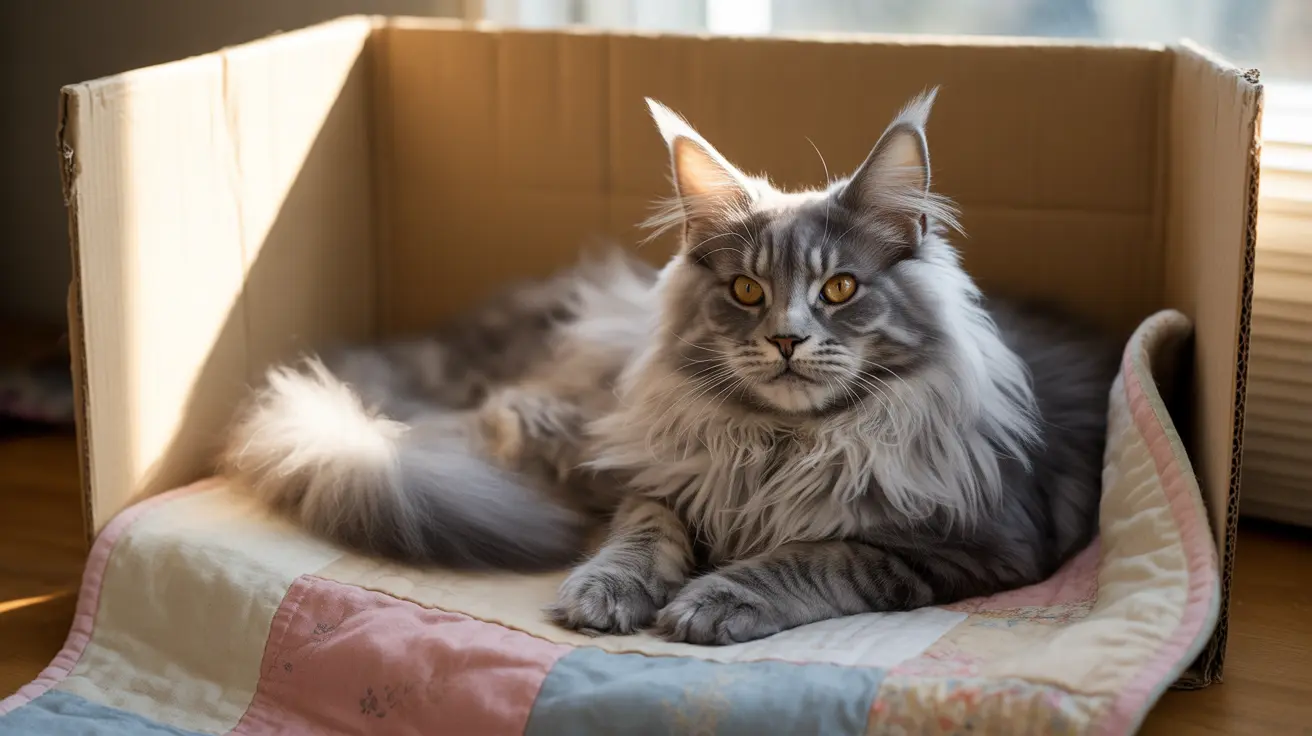How Professionals Effectively Remove Pee Smell
Whether caused by pets or accidents, urine odors in the home require timely and thorough attention to prevent lingering smells and damage. Professionals follow a structured process that targets the source of the odor, not just masking it but eliminating it altogether.
1. Immediate Action for Fresh Accidents
- Blot the area with absorbent cloths or paper towels without rubbing to avoid spreading the stain.
- Apply an enzymatic cleaner specifically made for pet urine. These cleaners break down urine proteins and destroy pheromone markers that cause repeated accidents.
- Allow the enzymatic solution to sit for 15 minutes or as directed, then blot again to lift out the remaining moisture.
2. Advanced Treatment Methods
When basic treatment doesn’t suffice, professionals elevate their approach:
- Water-vinegar treatment: Mix equal parts vinegar and water, apply to the stain, and gently scrub. This helps neutralize the pH of urine.
- Baking soda: While the area is still wet, sprinkle with baking soda to absorb odors. When used with vinegar, it activates a bubbling reaction that pulls contaminants from fibers.
- Hydrogen peroxide mix: For deeply set stains, professionals may use a mix of one part hydrogen peroxide to two parts vinegar-water solution. This is especially effective on dried urine but needs testing on hidden fabric areas to avoid discoloration.
- Wet-dry vacuums: Powerful vacuums are used to extract deep-down moisture and odor particles from carpets and upholstery.
3. Cleaning Hard Flooring
Urine on hard flooring like hardwood, tile, vinyl, or laminate can cause subfloor damage if not cleaned quickly:
- Blot immediately to prevent seeping.
- Use appropriate floor cleaner: Avoid saturation on hardwood. Professionals may utilize enzyme-based hardwood cleaners designed to dry fast.
- Persistent issues: If urine has penetrated hardwood, sanding or refinishing may be required.
- Vinyl and laminate: Check beneath planks for seepage. Clean thoroughly and allow full drying. Professionals avoid mixed chemicals due to toxic reactions—vinegar and bleach are never combined.
4. Upholstery and Mattresses
- Check care labels and test cleaner on hidden spots first.
- Use enzymatic cleaners and blot thoroughly with minimal liquid.
- Professionals may use wet-dry extraction machines tailored for furniture or mattresses.
5. Washable Items
Items like rugs, pet bedding, and blankets should be:
- Washed with detergent and enzymatic laundry boosters.
- Put through an extra rinse cycle to eliminate odor residues.
- Professionally cleaned if home machines fail to remove odors.
6. Grout and Tile
- Because grout is porous, pros apply vinegar or enzymatic solutions, let them dwell, then scrub and rinse them clean.
7. Car Interiors
- Automotive-safe enzymatic cleaners are used for upholstery and ventilation treatment.
8. Preventing Future Marking
- Completely remove odor to discourage pets from returning to the same spot.
- Use blacklights to locate hidden urine spots.
- Install pee pads for aging or untrained pets and monitor behavioral patterns with cameras or logs.
- Consult a vet if sudden frequent accidents suggest underlying health issues.
Tips and Safety Guidelines
- Always test any cleaner on a hidden area to ensure it doesn’t damage the material.
- Never mix vinegar and bleach—they produce toxic gases.
- Regular grooming and cleanliness reduce pet-related odor buildup.
Despite all efforts, if smells linger, professionals may need to remove layers of carpet padding, treat subflooring, or even refinish damaged surfaces. Many use solutions with natural deodorizers like orange oil that leave behind a pleasant fragrance.
Conclusion: The most effective pee smell removal relies on enzymatic breakdown, thorough blotting, proper drying, and occasionally deep extraction or refinishing. With these methods, professionals can renew your space and remove even the most stubborn odors.





